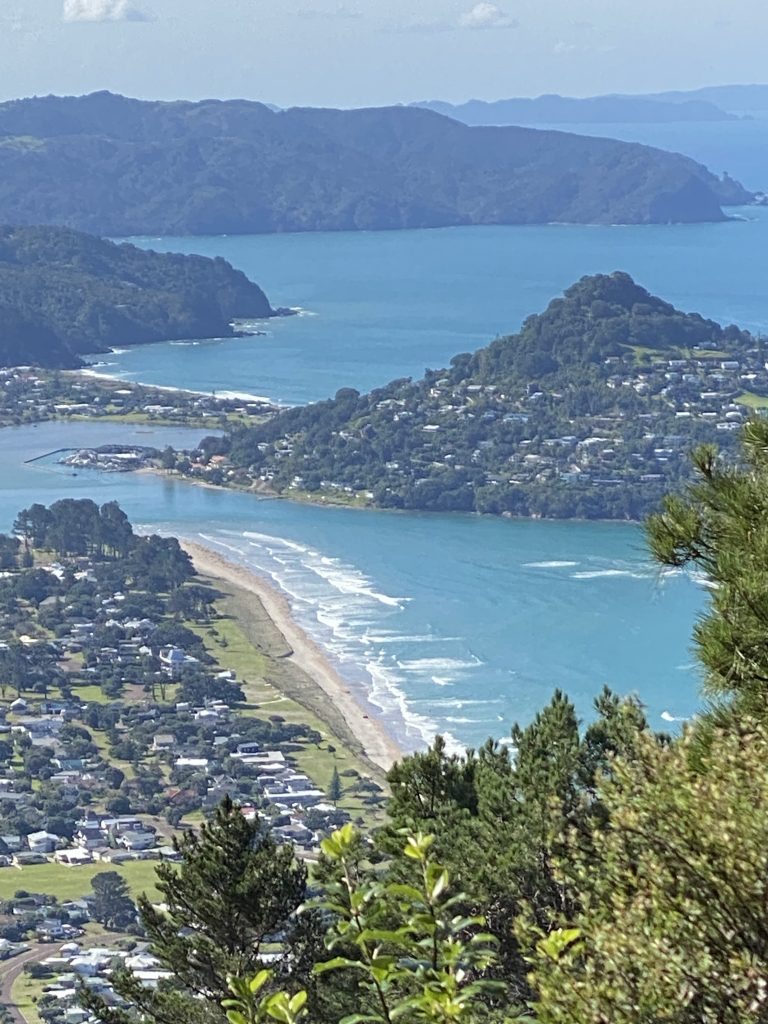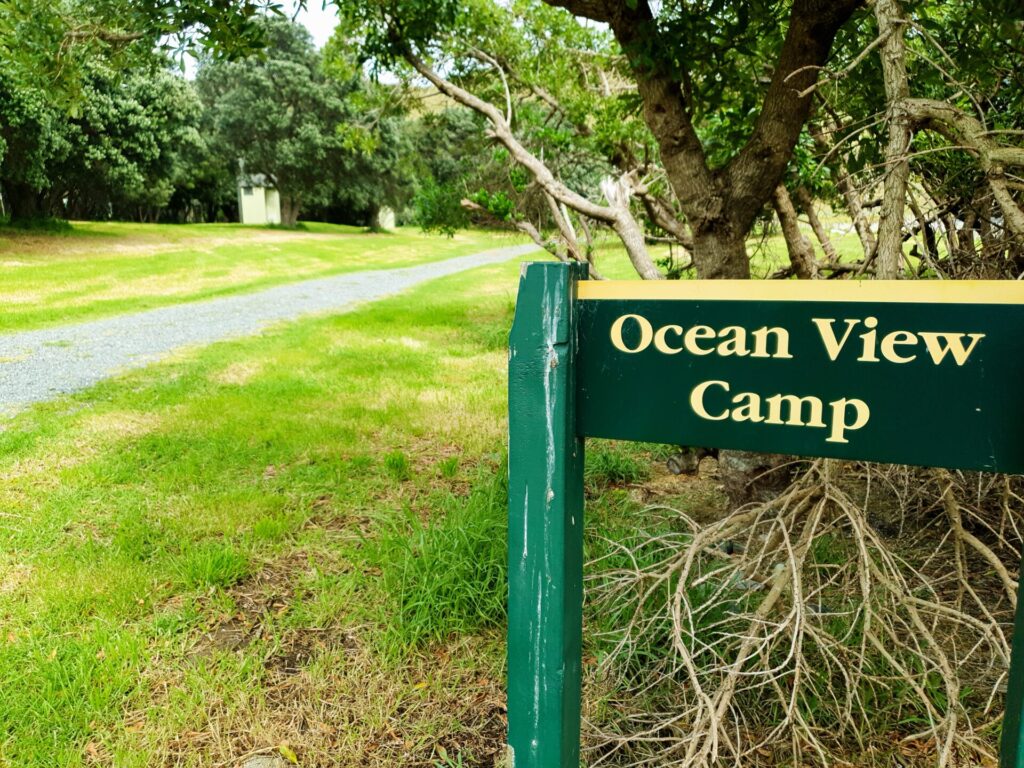Preliminary Results from Orange Sediment Analysed
Written by John Freer on August 27, 2024
Preliminary results from sampling conducted after the Ohinemuri River turned bright orange on Friday have detected elevated arsenic in the discharged sediment, while the arsenic content present in the water was well within drinking water and ecological protection guidelines for fresh water.
This today in a media release from the Waikato Regional Council.
Environmental Chemistry Senior Scientist, Jonathan Caldwell, says what these results indicate is the arsenic is likely to be in a mineralised and bound up form with the orange coloured, iron containing sediments that were so visible in the river, and in this form it poses less immediate risk to fish within the water but could still pose longer term risk in downstream areas where sediments accumulate.
“So far, the preliminary sampling results has not detected the presence of cyanide which was often used to help separate out the gold and silver from the mined materials,” says Mr Caldwell.
“The results also show that the water was not very acidic, which also reduces the concern around short term effects on fish.”
Results regarding downstream samples in the main stem of the Ohinemuri River are yet to be received and will provide a fuller picture of the potential effects.
On Friday, Waikato Regional Council urged people to treat bright orange discolouration of the Ohinemuri River as contaminated after sediment was discharged from a historic mine shaft in the Karangahake Gorge.
Council staff are investigating the cause of the incident and have been taking samples of the sediment and affected waterways on Friday, Saturday and yesterday.
The council testing for 33 heavy metals and only has half of the results to date. So far, results show there are also elevated levels of copper and zinc, similar to what could be seen in urban storm water.
High iron in the sediment accounts for the bright orange colour.
Regional Compliance Manger Patrick Lynch says since Saturday, when staff confirmed the source of the sediment, a lot more sediment has moved from the front of the mine shaft into the stream that connects with the Ohinemuri River.
“There is still more sediment coming out, and if we get more rain then we can expect to see more orange plumes in the river.
“It’s quite obvious that a lot of people have been coming here and entering the mine.
“This area is very hazardous, and we’ve asked DOC as the landowner to consider some specific signage about entering the mine and perhaps securing the front of the mine shaft.”
Mr Lynch also says there is no evidence to suggest the build-up of the sediment was due to a manmade structure, and it appeared the water leaving the mine was cutting its own natural channel – which was much deeper yesterday than it had been on Saturday.






Phil Runciman On August 29, 2024 at 5:24 pm
These results are as I expected. I have seen koura and frogs in similar locations. The complex iron oxide does a good job of binding heavy metals. Some alarmist mentioned chromium as being a possible contaminant. This showed their ignorance. Chromium is rare enough globally and if found in New Zealand at all would be in Southland. Chromium is found in ultra basic rocks of which we have very few.